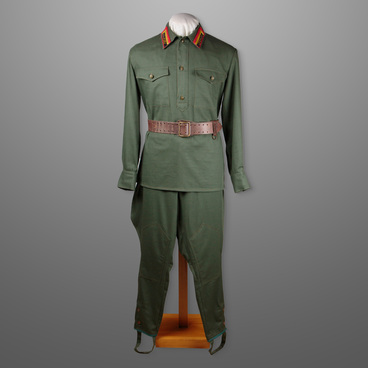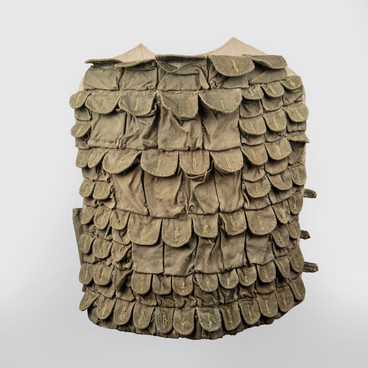The barrel of the cast-iron cannon from the collection of the Oryol Military History Museum was made in the period from 1700 to 1725 — during the reign of Peter I. This is a heavy artillery piece, it weighs over 1000 kg. In the first quarter of the 18th century, guns were produced mainly in Moscow.
In those years, most of the manufactured guns fired 3-pound cannonballs. According to the archive of the Military-Historical Museum of Artillery, Engineer and Signal Corps, 329 such guns were cast in Moscow from 1701 to 1707. For comparison, during the same period, 66 cannons were made for 12-pound cannonballs, 81 for 18-pound cannonballs, and 68 for 24-pound projectiles.
Most of the artillery pieces were made in 1701 — at the beginning of the Great Northern War. In addition to Moscow, other cities of Russia also manufactured these weapons, and Olonets factories became well-known for their cast-iron products. In 1701, the tsar sent instructions there to cast 100,000 projectiles and 100 cannons.
Some guns of the first quarter of the 18th century were cast according to drawings prepared by James Bruce (Yakov Vílimovich Bruce), a Russian statesman, engineer and military commander. For instance, in 1707, Peter I ordered to cast in Moscow twelve 8-pounders designed by Bruce.
In the late 18th century, field artillery was used in field battles by European armies. It included several types: battery (heavy, positional), line or regimental and towed artillery. The first category included heavy field guns used for mounting major assaults and as Commander-in-Chief’s main artillery reserve.
Line infantry guns were lighter than battery ones. They were intended for fire support of tactical units in combat. Horse artillery was more mobile than regimental and battery artillery. It was used for fire support of cavalry units, rapid maneuvers, and as artillery reserve.
The gun’s crew could fire up to three shots per
minute. The inner diameter of the barrel of 12-pound field guns was 120
millimeters. The muzzle velocity reached 400 meters per second, and the maximum
range was about 800–1000 meters due to limited elevation angles of the barrel.
Field and regimental guns were made of copper.


